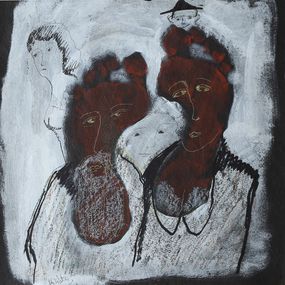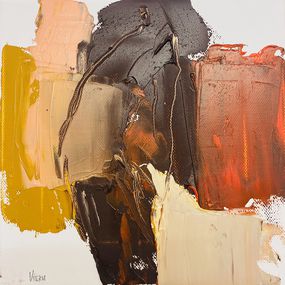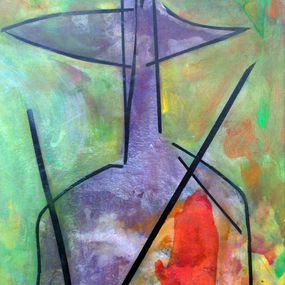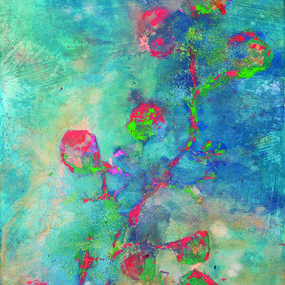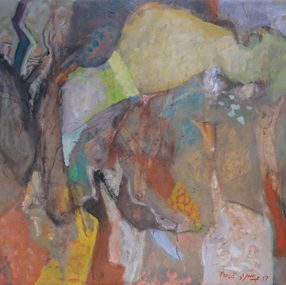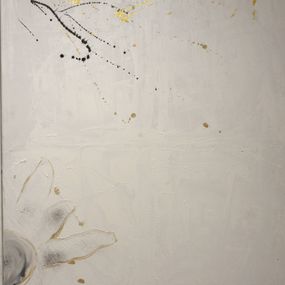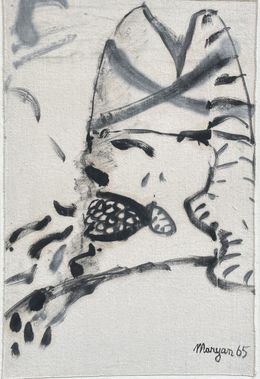
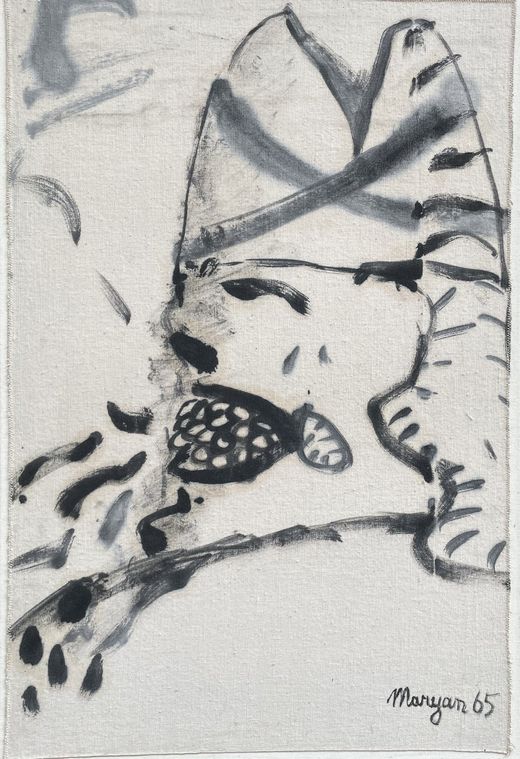
Maryan is considered one of the founders of New Figuration
Biography
Born in Poland in 1927, Maryan (real name Pinchas Burstein) spent his childhood in ghettos, labor camps, and concentration camps. As the sole survivor of his family, he left for Palestine in 1947 and enrolled in the art school in Jerusalem. In the early 1950s, he moved to Paris to study at the École nationale supérieure des Beaux-Arts under Fernand Léger's tutelage and quickly became a leading figure in post-war avant-garde art. He began exhibiting in 1956 at the Galerie de France and later at the Galerie Claude Bernard, where his work was shown alongside artists like Francis Bacon, Balthus, and Peter Blake. In 1962, disillusioned with the Parisian art scene, he moved to New York with his wife and became an American citizen. There, he created some of his most important works, the "Personnages." He passed away suddenly at the Chelsea Hotel in 1977.
His work is part of major public collections, including the Museum of Modern Art in New York, the Musée national d'art moderne, the Museum of Modern Art of the City of Paris, the Art Institute of Chicago, the Israel Museum, and the Carnegie Museum of Art in Pittsburgh. During his lifetime, Maryan (also known as Maryan S. Maryan) had numerous solo exhibitions in European and American galleries: Galerie de France, Galerie Claude Bernard, Galerie Nova Spectra, Allan Frumkin Gallery, and Benador Gallery, among others.
He also participated in a wide variety of group exhibitions in major museums, such as MoMA, the Guggenheim Museum, San Francisco Museum, Carnegie Museum, Whitney Museum, Indianapolis Museum, Stedelijk Van Abbemuseum, Ghent Museum, Musée Rath, and the Fine Arts Museums of Nantes, Rennes, and Tourcoing, as well as the Museum of Modern Art of the City of Paris.
His work is held in significant public collections across Europe, the United States, and Israel.
In the last decade, numerous initiatives have been undertaken to recognize the importance of his painting and to introduce it to a wider audience, resulting in major exhibitions at the Spertus Museum in Chicago and the Museum of Jewish Art and History.

